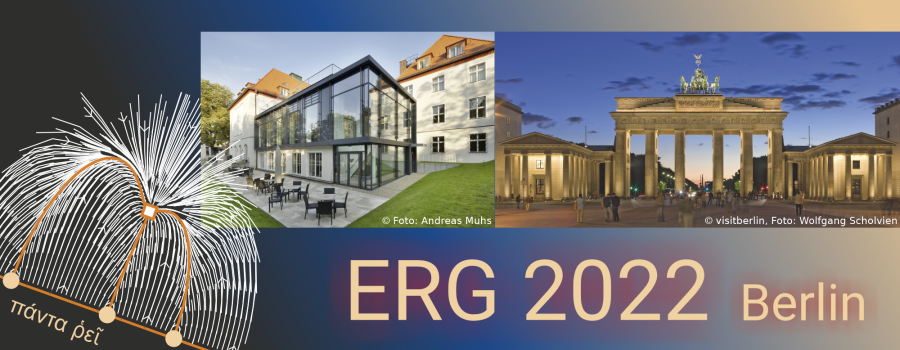Speaker
Description
The Hubbard model is the simplest model of interacting fermions on a lattice and is of similar importance to correlated electron physics as the Ising model is to statistical mechanics. Despite its simplicity, the model exhibits a rich physical behavior and has been proposed as an effective model for electrons moving in the copper-oxygen planes of cuprate high-temperature superconductors. The functional RG stability analysis, originally developed for the 2D Hubbard model describing tight-binding fermions with a local interaction on a square lattice, provided the first conclusive evidence for the existence of d-wave superconductivity with a sizable energy gap at moderate interaction strength. Since then large progress has been achieved in its treatment with various theoretical and numerical methods. We here present recent advancements in the functional RG showing that the flow can be brought to a quantitative level for two-dimensional problems, which opens the route towards the realistic numerical investigations of more general systems.

